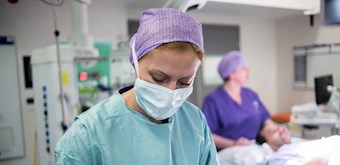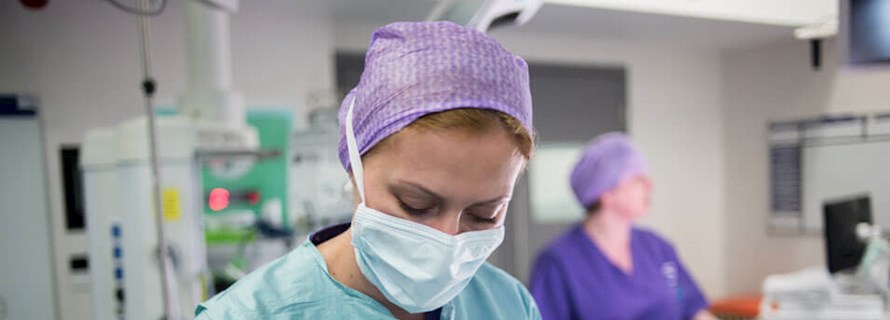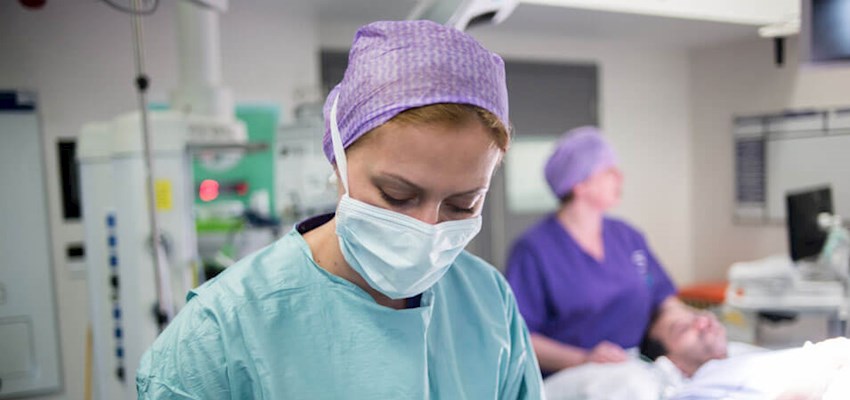Tarlov cysts
Fluid-filled sacs affecting nerve roots in the spine
If you are concerned about symptoms or have been diagnosed with Tarlov cysts, HCA UK’s experts can help.
About
Tarlov cysts are a rare condition and occur at the base of the spine in an area called the sacrum, around spinal root nerve fibres. The cysts are abnormal sacs of spinal fluid. They are more likely to occur in women than in men.
Need to know
-
Symptoms of Tarlov cysts icon plus
In most cases, Tarlov cysts do not present any symptoms. However, if they are related to nerve root compression, they may cause:
- pain in the lower back or surrounding areas
- weakness or cramping in the legs, feet and buttocks
- tingling or sciatic pain
- headaches
- pain when coughing or sneezing
- bowel or bladder problems
- sexual dysfunction
-
Diagnosis icon plus
Your consultant will carry out a physical examination before recommending tests which may include:
- MRI scan
- CT scan
The scans will enable your consultant to get a more detailed picture of your spine and surrounding tissue. -
Potential treatment options icon plus
Treatment could consist of pain relief or corticosteroid injections to alleviate any discomfort.
Other options might include:
- aspiration of the cysts, where the cyst is drained of fluid
- surgery, to remove the cysts completely
- TENS or transcutaneous electrical nerve stimulation, where electrical impulses are delivered to the skin
Our consultants
We're proud to work with leading experts across a range of medical fields, whose skills are matched by their integrity and compassion.




Our facilities
From complex surgery to straightforward procedures, we provide exceptional care across our network of hospitals, outpatient centres and specialist clinics.
Book an appointment
Our team can help with any enquiries or you can make an appointment with one of our experienced consultants.
Call us today
020 7079 4344
This content is intended for general information only and does not replace the need for personal advice from a qualified health professional.